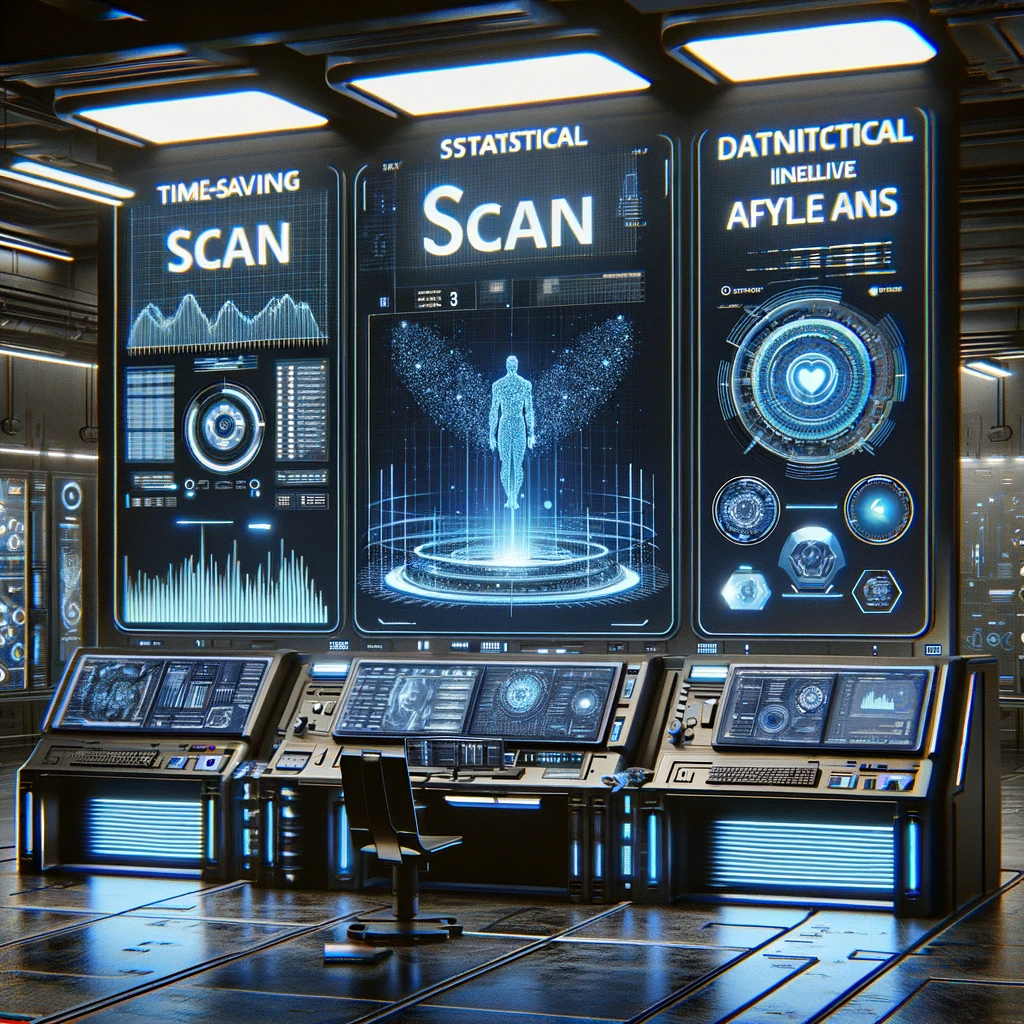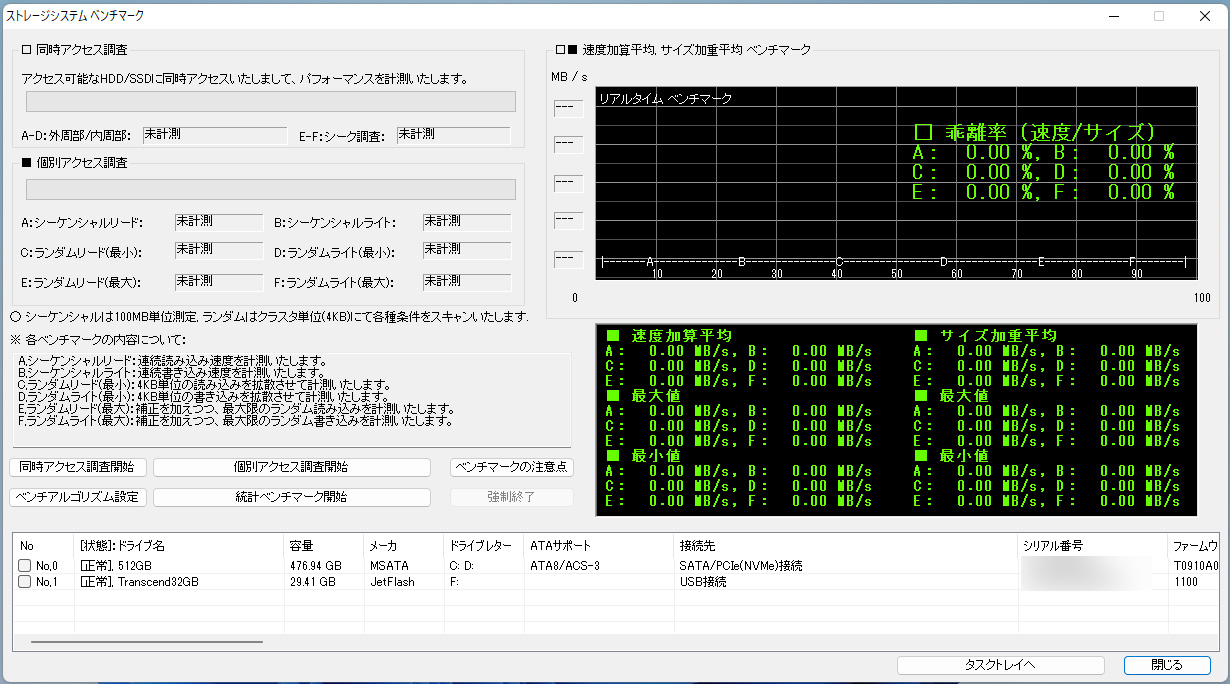
SORA-QAI FromHDDtoSSD ベンチマーク機能

SSDやSSD/NVMeについては、サイズ可変……いわゆるボリュームを変動させることにより調査します。
ボリュームの概念
ベンチマークは主に転送速度を条件付きで測定することを目的といたします。ボリュームとはベンチマークで得られました数値を支える厚みの概念となります。ベンチマークは測定の場所の移り変わりが早いためボリュームを直接的に数値化することは難しく全ての個所に書き込んだとしても見逃されてしまいます。ではそのような数値化ではなく別の手段に委ねるのみです。それがグラフ化です。 この分厚さをグラフの安定形状につなげ直接的な数値でなくてもしっかりと確認することができます。
たとえば書き込み側1500MB/sのSSD(A)と1200MB/sのSSD(B)があります。ここでこれらの数値を支える厚みの概念となりえるのは受理可能なサイズです。製品パッケージに記載されるこのような数値だけ眺めればSSD(A)が強いと判断してしまいがち(しかも高価)です。しかし書き込み総サイズが50GBを超えたあたりからSSD(A)でのみ700MB/s程度まで急落のち乱高下しました。そしてSSB(B)は変わらず安定しています。これでもSSD(A)が強いと示せますでしょうか?
乖離率
厚みの概念をグラフ化いたしましたらこの概念を抜き取ったグラフも同時に作ります。同じ立ち位置から派生した複数のグラフが手に入りましたのでここでやるべきことは、重ねる事です。そして、グラフ同士の差分の割合を取り出していきますと乖離率が手に入ります。乖離率が大きなSSD(例:20~30%以上が多発)に着目していきます。
乖離率の例
〇 WesternDigital 240GB
〇 Transcend 240GB
〇 Intel 180GB
〇 WesternDigital 120GB
〇 Silicon Power 120GB
〇 Crucial 275GB
〇 SanDisk 240GB
〇 Kingston 120GB
〇 ADATA 240GB
〇 Intel 512GB
通常のベンチマーク(加算平均)以外に加え厚みの概念を加える加重平均(サイズ)をサポートしております。コンテナに搭載の際、軽いサイズを再配置せずに大きく引っ張り格納アルゴリズム対策となります。
ドライブへの負荷
厚みの概念をしっかり出すためドライブに対する負荷を以下のように定めております。
+3σ:理想的なアクセスが継続
+2σ:一定量が理想に近く
+1σ:
±0:通常負荷
-1σ:ほどほどに重い
-2σ:きつめの負荷が継続する状況
-3σ:急激な変動
アルゴリズムが絡むSSDのベンチマークについて
物理的な動作による制約があるハードディスクは普通の平均で十分です。しかしファームウェアで動作の大部分が決まるSSDについては普通の平均では厳しいと判断できました。たとえば「時間を要する可変コンテナの処理をどの場所に持ってくるのか」これだけでも大きく変わります。少しサイズが大きめなデータが連続して到達いたしますと異様に待たされる等の症状が出ます。
またファイルシステムドライバに悪影響が発生しチェックディスクにて修復を要する論理的な損傷を抱える原因にもなります。SSDを運用中、気になるファイルシステムのエラーが生じた場合はバックアップを優先しつつ、放置せずに対処する必要性があります。 乖離率について書き込み側の剥離があまりにも大きなSSD(例:20~30%以上が多発)はこのようなリスクが高いと見込めます。
